Adding a Variable Speed Drive (VSD) to a cooling tower fan is often promoted as an easy energy win (we are sure you have heard about these before…). In practice, it depends entirely on duty profile, fan configuration, and control logic. For many UK industrial sites running towers with fluctuating load or in seasonal cycles, a well-tuned VSD can reduce fan energy use by 30–50%, cut noise, and smooth temperature control. But it’s not a universal fix, and it is important to assess the pro’s and con’s. Notable issues with poor motor compatibility, control overshoot, or resonance risks can quickly erase the savings. This article outlines when a VSD makes sense, what to check before installation, and how to model realistic payback.
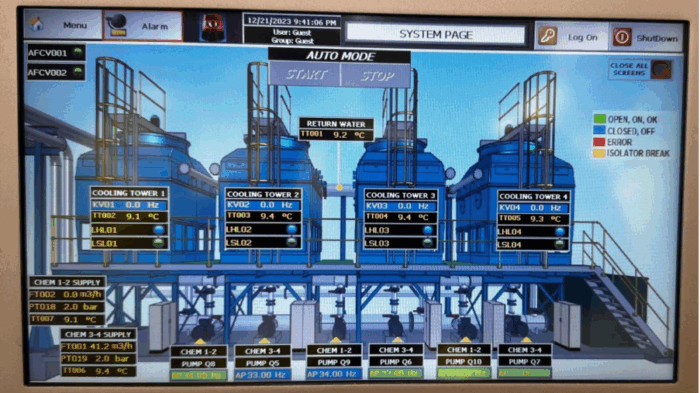
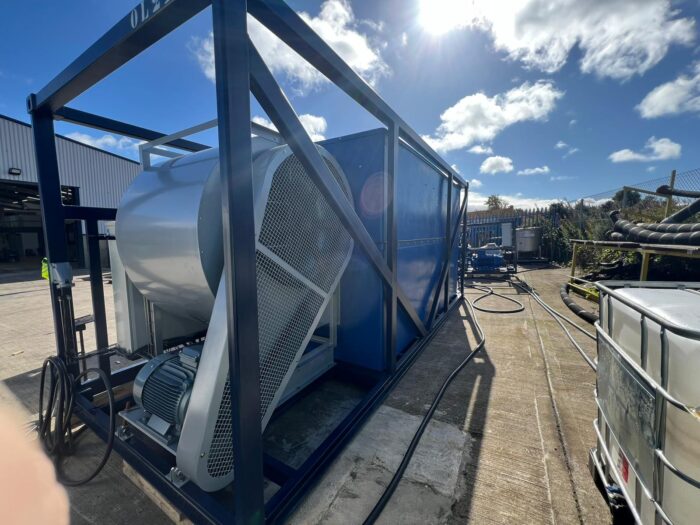
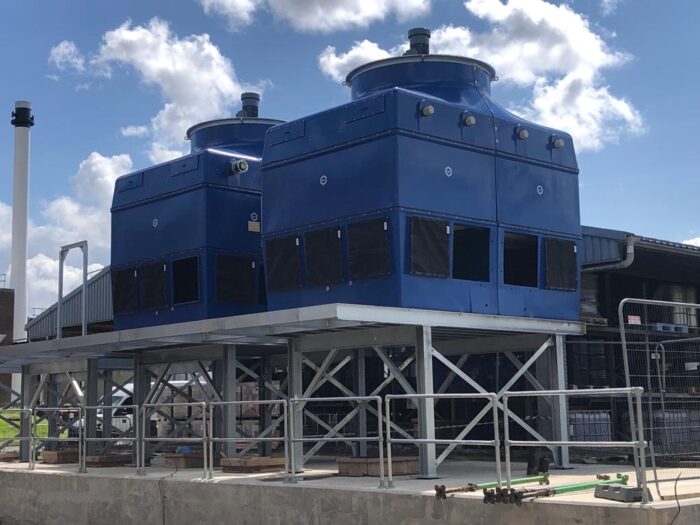
Why Add a VSD to a Cooling Tower Fan
A cooling tower’s fan rarely needs to run flat-out all year. Fan power follows the cube law: if you reduce fan speed to 80%, power drops to roughly 50%. That’s the key driver for savings. Adding a VSD allows fan speed to follow actual load or ambient wet bulb temperature fluctuations rather than a simple on/off cycle, which is the position most UK industrial sites are in.
Typical benefits:
- Energy savings of 25–50% under variable duty*
- Lower noise output (roughly 3 dB(A) reduction for each 20% speed reduction)*, which might remove the need for investment in costly attenuation.
- Reduced wear from soft starts instead of direct-on-line (DOL) starts, which is an especially important note for larger-sized motors.
- More stable water temperature control and less cycling.
For UK industrial sites, these benefits can result in significant paybacks, which makes retrofit or new installation of VSD-controlled fan motors a no-brainer!
When a Retrofit Makes Sense
A VSD retrofit is most effective when:
- The tower operates under seasonal or fluctuating load (e.g., production batch cooling, HVAC, or distilleries).
- There are planning or noise restrictions that vary by time of day.
- The fan motor is in good condition, and the bearings are VSD-compatible.
- The tower is part of a BMS or SCADA system that can provide a temperature feedback loop for control.
For most 15–45 kW fan motors, the retrofit package (VSD + panel + sensors + commissioning) typically costs £3,000–£7,000. Payback is often achieved within 18–30 months, depending on runtime and tariff.
When It Doesn’t Add Value
A VSD won’t justify itself if:
- The tower runs continuously at full load year-round – a very, very rare reality in all manufacturing processes across the UK!
- Control is manual or fixed-speed with no meaningful temperature variation.
- Motors are old, under-rated, or lack insulation suitable for inverter use
- Gearbox or belt systems can experience vibration or resonance at lower speeds, which could lead to excess wear & tear…
- Where the coldest water possible is always required from the tower in your system. Whilst load may not fluctuate the ambient wet bulb will, and therefore a constant load is not a reason not to have VFD Control
In these cases, fixed-speed operation with well-set thermostatic control may be more reliable and cheaper over the life span of the motor. Although a tower can operate for 20-25+ years, so the cost of investment into a retrofitted new motor with VSD control can easily return the investment within its lifespan.
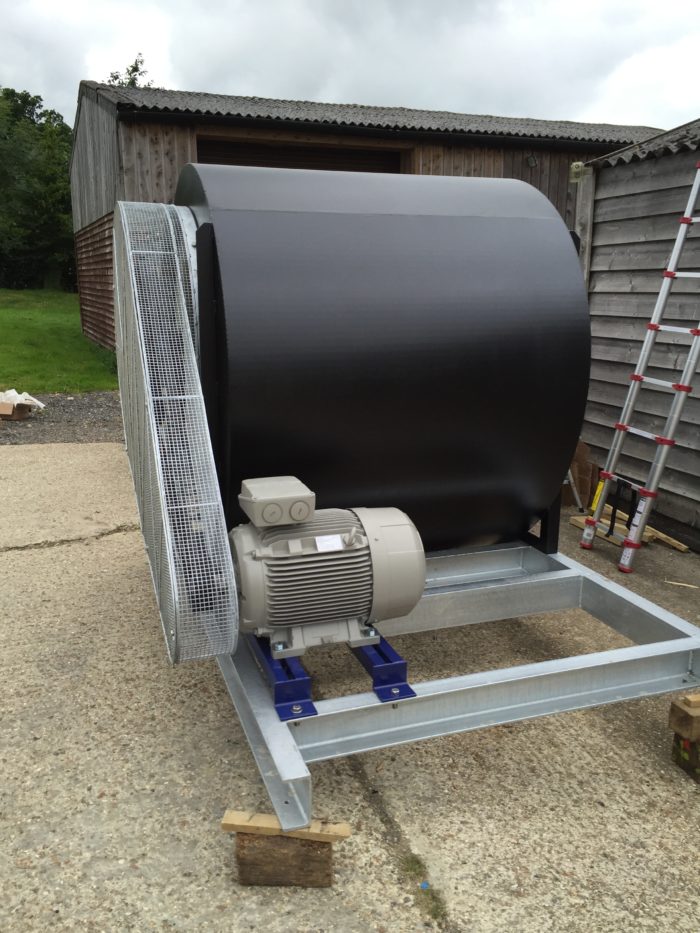
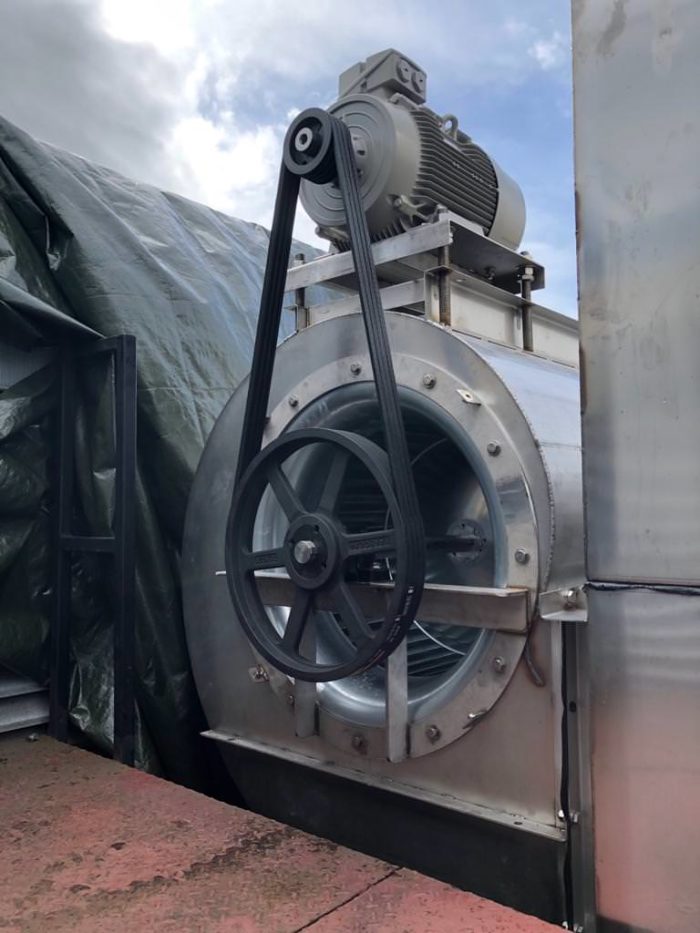
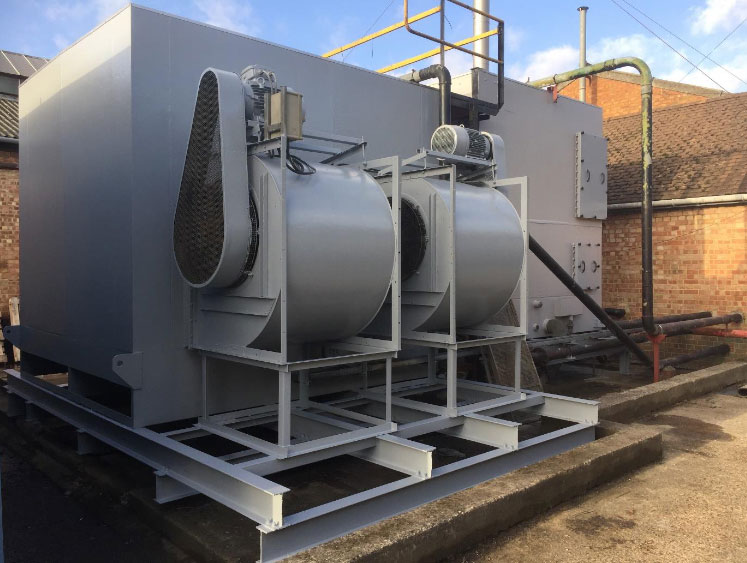
Technical & Mechanical Considerations
Before installing a VSD:
- Motor type: Verify insulation class (typically Class F) and bearing protection (e.g., insulated or earthed to avoid shaft currents).
- Drive sizing: Allow for 10–20% oversizing to handle transient torque on start.
- Control feedback: Fit temperature sensors in cold-water basin or return line for proper PID control.
- Electrical compliance
- Mechanical risk: Check for resonance bands during commissioning and avoid sustained run time in those zones.
Energy & Noise Example (First-Order Estimate)
For a 500 kW duty tower with a 22 kW fan motor running 6,000 hours/year:
| Fan speed | Relative power | Annual energy (kWh) | Annual cost (@£0.18/kWh) |
|---|---|---|---|
| 100% | 1.00 | 132,000 | £23,760 |
| 80% | 0.51 | 67,000 | £12,060 |
| 70% | 0.34 | 45,000 | £8,100 |
Even allowing for partial-speed operation, typical annual savings exceed £8–10k per fan motor, with a payback in less than 2 years.
Noise typically falls by 3–6 dB(A) with a 20–30% reduction in fan speed, often enough to bring sites within boundary noise limits.
Control Integration & Maintenance Impact
A VSD allows finer temperature control, especially valuable when towers serve chillers or process loops that are sensitive to supply temperature swings. In order to achieve this, a BMS or a standalone PID controller is integrated into your system.
Maintenance benefits:
- Reduced mechanical stress on belts, shafts, and couplings.
- Fewer motor starts and stops.
- Easier fault diagnostics (drive logs, alarms, and motor current monitoring).
However, drives add electronic components that need periodic inspection (filters, fans, capacitors). Always ensure your installed VSD is in an appropriately rated IP enclosure for the condensing environment of a tower.
Funding & Lifecycle Considerations
Under the UK’s Energy Saving Opportunity Scheme (ESOS) and SECR, drive retrofits are classed as proven energy efficiency measures. VSD projects can be funded via:
- Lease-purchase or operating lease (OPEX-funded upgrades).
- Energy performance contracts where savings offset repayments.
- Capital allowances for plant efficiency improvements.
See Vistech’s guide on Lease vs CAPEX Funding for detailed funding routes.
Case Study: 22 kW Fan Retrofit – Before & After Results
Site: UK food manufacturing plant, Yorkshire
System: 500 kW open-circuit cooling tower with 22 kW axial fan
Objective: Reduce noise and energy use, maintain cold-water outlet ≤ 27 °C.
| Parameter | Before Retrofit | After VSD Retrofit | Change |
| Fan operation | Fixed speed (DOL) | Variable (PID, 60–100%) | — |
| Energy use | ~125,000 kWh/year | ~68,000 kWh/year | ↓46% |
| Annual energy cost (@£0.18/kWh) | £22,500 | £12,200 | £10,300 saving |
| Noise at boundary | 61 dB(A) | 55 dB(A) | −6 dB(A) |
Outcome:
The site achieved both its acoustic compliance target and a sub-24 month ROI. Mechanical inspection after 18 months showed reduced belt wear and vibration amplitude down by 35%. The VSD is now integrated with the site BMS for system operation year-round.
Next Steps
- Book a technical survey to assess VSD suitability.
- Contact our engineering team for payback modelling.
- Learn more about cooling tower upgrades.
- Compare adiabatic and dry options.
- Explore funding options.
